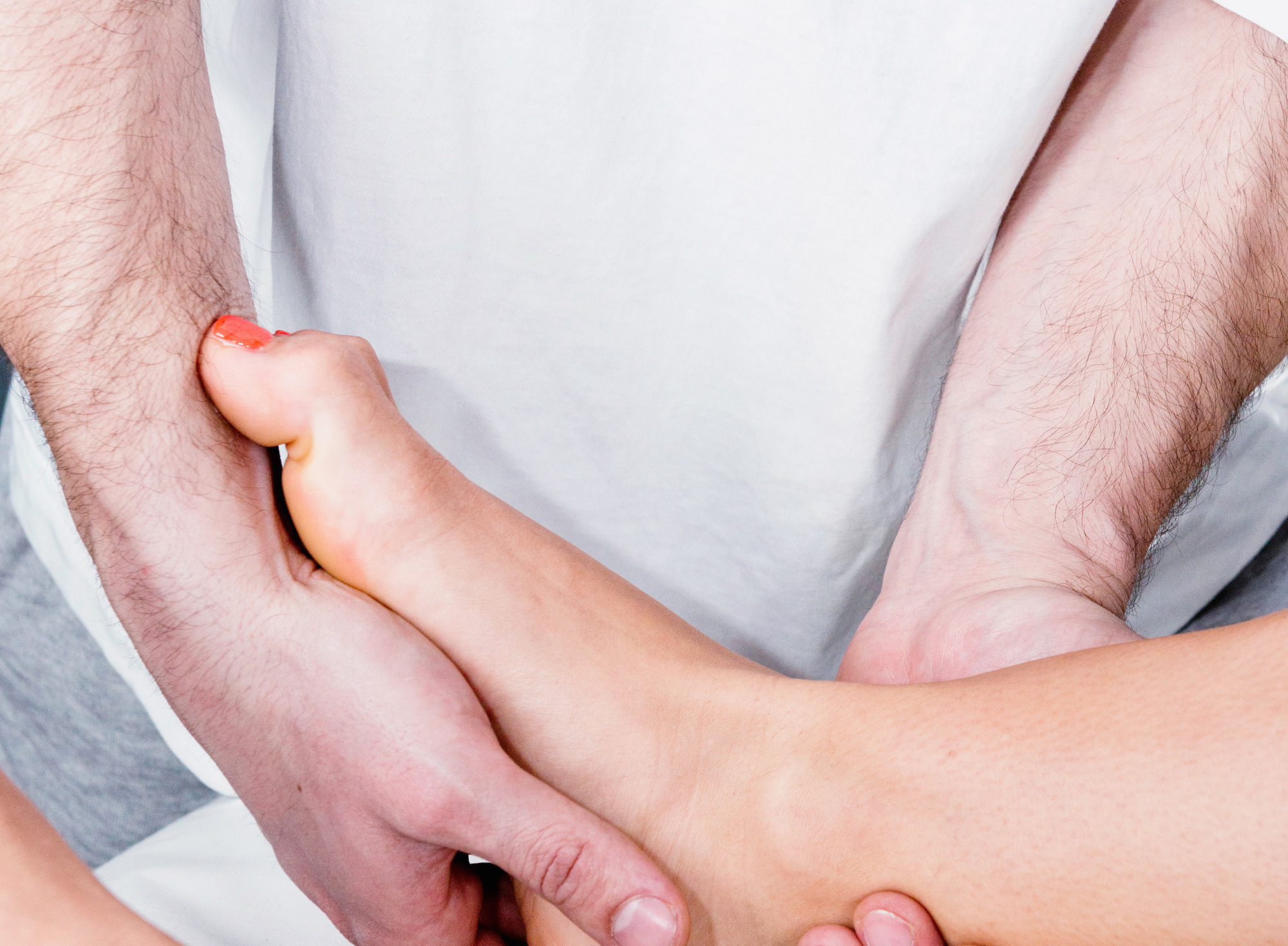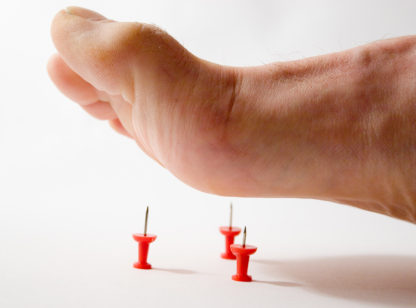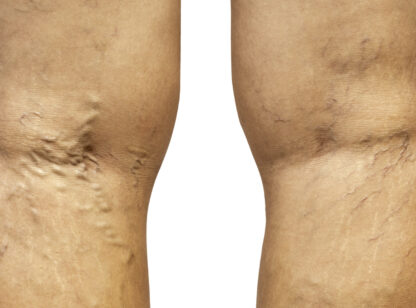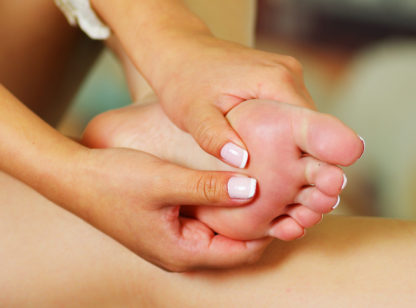Peek a boo shoes a taboo for you? What about around the pool? Are you someone who’s hiding their feet? If your reason for hiding your feet includes contracted toes, or hammertoes, this article is just for you.
In some families, it seems that the contracted toes are hereditary. Actually, it is the foot type and the inherent foot function and mechanics which contribute to hammertoes that is hereditary.
Muscle imbalances around the joints of the toes can contribute to early activation of the top tendons on your toes, causing them to buckle or contract early. Tight heel cords or muscles can also cause the tendons on the bottom of the toes to contract early, also contributing to a hammertoe. Other contributing factors to hammertoe formation may include trauma, arthritis as we age (osteoarthritis) and other forms of arthritis (seronegative arthritis, rheumatoid arthritis). Whatever the cause, the toes get out of balance with the many hours, miles and years accumulated. And, unfortunately, we do not have an indicator light installed that tells us that it is time to check or repair our feet.
When the toes remain flexible, they generally do not seem to be a bother. But, as the toes get stiffer and sometimes more bent, they start to cause discomfort, shoe fit issues and corns. When present, the corns or calluses can be on the tops of the toes, tips of the toes, between the toes and they also can cause potential calluses on the bottom of the feet from retrograde pressure from the digital deformity.
For some hammertoes, addressing the mechanics of the feet is a must. Strengthening foot muscles and improving the mechanics can help arrest the deforming toes. Sometimes, orthotics or arch supports are necessary, or a simple pad worn about the toe to cushion the prominent knuckle may eliminate discomfort. Paring and reducing any associated corn or callus may also provide relief. Simple shoe adjustments, such as a more flexible upper, or spot stretching the area of the shoe where more room is needed will help. With more rigid toes, sometimes surgery is necessary.
Fortunately, surgeries on the feet, like so many other surgeries, have been refined and perfected over the years. Patients see and feel an improved foot shape and condition. Some hammertoes can be fixed easily in the office. Others, which require more correction, can be done with outpatient surgery. Sometimes wires are used for temporary fixation or positioning of the toes to help achieve a very straight toe after the surgery. The recovery time for hammertoe surgery can vary, depending on the type of surgery needed, the number of toes being corrected and if any wires were needed during the surgery. Any other contributing health condition such as diabetes, venous insufficiency (very swollen legs), circulation issues or other health issues that may affect healing can all change the healing time.
As people are living longer, it is interesting to consider “how many more miles will you be toting these contracted toes along?” Generally, if there is no pain (except in patients with diabetes), it is recommended to do nothing. However, if you have problems with the contracted toes and conservative measures have not eliminated the discomfort, perhaps it is time to consider more treatment.
Case in point, one of my patients years ago, had hammertoes of both her little piggies. She was 99 at the time and we both concluded she was “too old” to have her toes fixed. Now, she will be 109 in January. We both wish we would have fixed her hammertoes. I have been practicing podiatry for the past twenty-five years. Experiences like this give us pause for thought.
Dr. Stacey Clarke is a podiatrist and provides concierge home treatments through her business, Foot Doc On Foot. She also specializes in Muscle Activation Techniques® for the body. Dr. Clarke can be reached at (760) 285.7723.












































Comments (0)